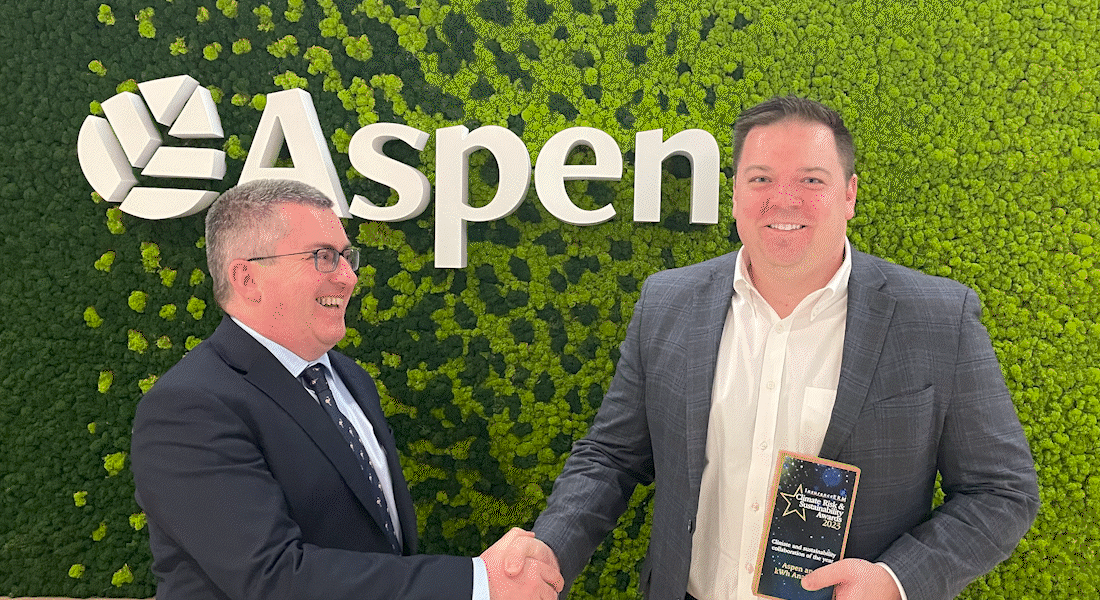Dan Orseck, SVP of Environmental at Aspen Insurance, recently discussed the widespread presence of PFAS chemicals, associated health risks, and how insurance underwriters are addressing regulatory changes.
Dan said that recent federal and state actions regarding PFAS materials have significantly complicated the regulatory landscape, requiring he and his team to adapt swiftly. Just a decade ago, PFAS wasn’t on anyone’s radar, but today it’s a major concern making front-page news. The challenge lies in balancing how to support his insureds who face this exposure while also not walking headfirst into potential claims.
In some cases, Dan explained that they have had to introduce PFAS exclusions into their policies, however, a total exclusion isn’t always the best approach. Many of their insureds have minimal PFAS exposure, so he and his team avoid a one-size-fits-all solution. For some clients, they might opt not to exclude PFAS coverage at all. For others, Dan may offer coverage but with higher retentions or sub limits, specifically for PFAS-related losses. He notes that the environmental team’s approach is to underwrite each insured on a case-by-case basis, striving to provide as much coverage as possible while ensuring that we maintain a sustainable portfolio.
Client education and engagement also are essential to make certain the insured understands the importance and nuances that comprise the various coverages available on PFAS. Dan said his goal is to be a valuable resource on this very complex issue and advises his clients to be proactive and prepared. For instance, clients need to make certain they are doing all the necessary reporting that, increasingly, they will be faced with by state agencies and the EPA. He strongly encourages his clients to check for indemnity provisions in their contracts with suppliers that may have supplied them with products that contained PFAS chemicals, and to create a litigation plan and implement contamination response measures.
If an insured doesn’t already have a dedicated resource in-house, Dan suggests working with a 3rd party environmental consultant and/or law firm. Doing so will greatly help in potentially securing meaningful PFAS coverage in the future and the insured will have the proper documentation readily available should there be a claim and/or incident. Lastly, Dan recommends engaging with an environmental insurance expert to help gather the required information for a proper submission and to provide guidance on identifying the broadest and most appropriate coverage that’s available.
Watch Dan’s video with Insurance Journal’s VP of Content, Andrea Wells, below:



